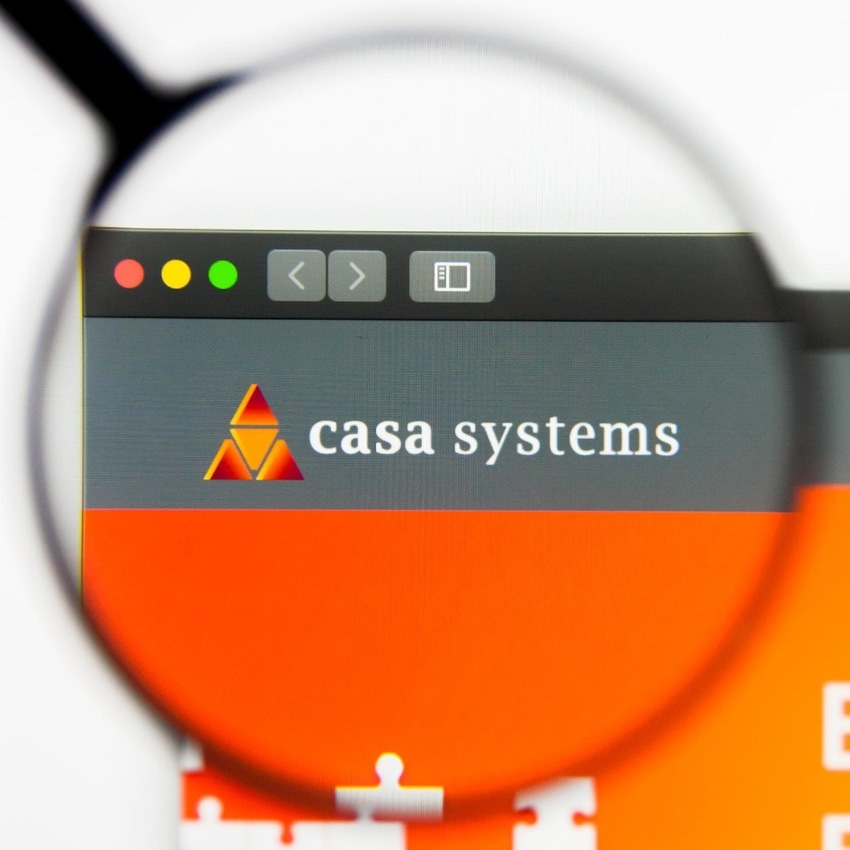Casa Systems says Tier 1 ops in North and South America are deploying the DA2200, a DOCSIS 4.0-ready node that can support either the Full Duplex DOCSIS or Extended Spectrum DOCSIS flavor of the technology.

Casa Systems is in a bit of flux after company founder Jerry Guo stepped down as CEO, Charter apparently took a pass on using the supplier for the initial phases of its cable network upgrade, and as the supplier tries to refinance an important term loan.
But, despite all of that, the cable access and wireless tech company has evidently made progress elsewhere with its DOCSIS 4.0-ready remote PHY node, the DA2200.
Casa announced late last week that the DA2200 has been deployed with some number of Tier 1 cable operators in North and South America.
Figure 1:  Casa's use of an FPGA architecture enables its DA2200 node to support both flavors of DOCSIS 4.0 and the remote PHY and remote MACPHY options for the distributed access architecture.
Casa's use of an FPGA architecture enables its DA2200 node to support both flavors of DOCSIS 4.0 and the remote PHY and remote MACPHY options for the distributed access architecture.
(Source: Casa Systems)
The company declined to identify those operators, but potential candidates include Rogers Communications and Mexico-based Izzi Telecom. Notably, Casa signed a deal with Rogers, a Canadian operator that is exploring a DOCSIS 4.0 strategy, for virtual converged cable access platform (vCCAP) and distributed access architecture (DAA) products just over a year ago.
Casa's update on deployment activity comes about two years after the company introduced the DA2200, a node that the company says can support both options for DOCSIS 4.0: Full Duplex DOCSIS (FDX), a flavor being pursued by Comcast, and Extended Spectrum DOCSIS (ESD). Casa confirmed that the company has no commitments yet on FDX.
But the flexibility in the DA2200 node is due in part to its use of Field Programmable Gate Array (FPGA) semiconductors. Casa's other node products use Broadcom Application-Specific Integrated Circuits (ASICs).
"Unlike traditional ASIC-based solutions that employ a one-size-fits-all approach, our unique software design uses programmable FPGAs that are tailored to meet specific operator requirements with the ability to implement new features quickly and easily as their networks evolve," Casa CTO Weidong Chen said in a statement.
That flexibility also extends to options for DAA. While the current focus of the DA2200 centers on remote PHY due to the momentum of the market, the node can also be configured to run as a remote MACPHY node that places both the physical layer elements and the MAC processing at the network edge.
Major operators such as Charter and Comcast are focused on using remote PHY in conjunction with a virtual CCAP for their respective hybrid fiber/coax (HFC) upgrades. Mediacom Communications, an operator that has tapped CommScope as its primary supplier for DAA, is going with remote MACPHY, finding it more suitable for rural markets.
Casa's deployment update also enters the picture as overall cable access infrastructure spending stays steady and continues to transition to DAA. Aided by gains in purchases of remote PHY devices, cable access concentrator products, which also include CCAP cores and chassis, rose 1%, to $1 billion, in 2022, according to Dell'Oro Group.
Casa exec update
Casa has also disclosed some details following Guo's decision to step down as CEO but remain on the company's board of directors.
As announced earlier, Casa CFO Edward Durken was tapped to serve as interim CEO as the company conducts a search for Guo's successor. According to an 8-K filed April 13, the board's compensation committee approved a cash bonus to Durkin for $300,000 for his role as interim CEO and an equity grant equal to 0.3% of the total number of Casa outstanding shares of common stock as of the first business day following the end of the company's current quarterly securities trading blackout period.
The committee has also approved a cash retention award for Durkin in the amount of $400,000 that will be paid in four quarterly installments, subject to his continued employment with the company as of each date.
Related posts:
— Jeff Baumgartner, Senior Editor, Light Reading
About the Author(s)
You May Also Like




.jpeg?width=300&auto=webp&quality=80&disable=upscale)






